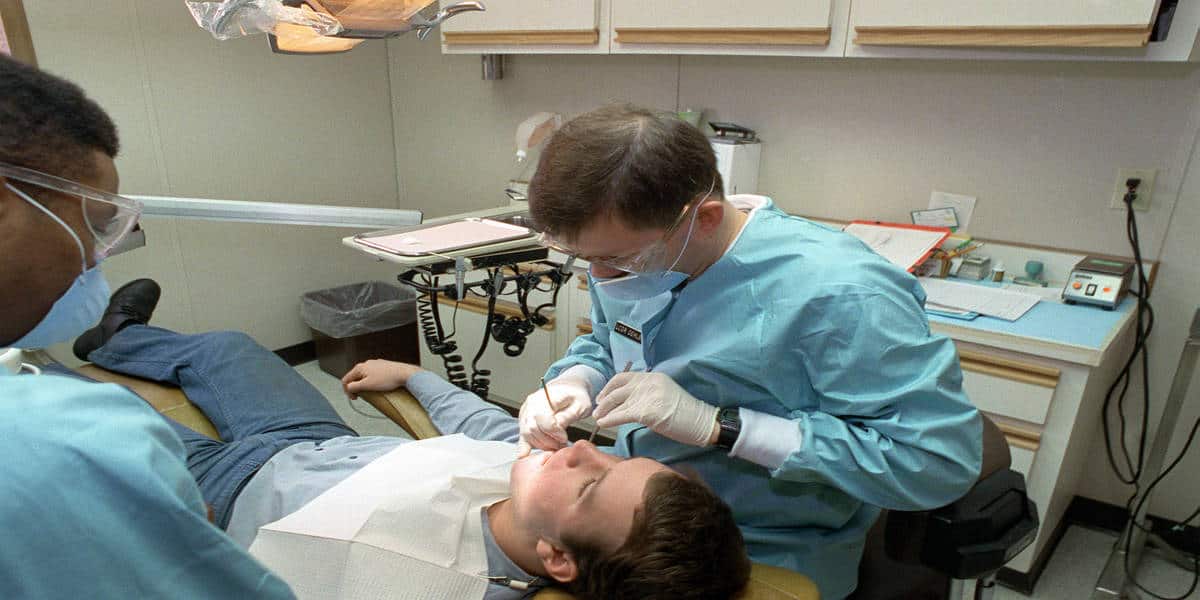
Many patients who have gum disease tend to give less regard to have it treated by their dentists. They prevent its progression by maintaining good oral care regimen, without consulting their dentist for gum disease treatment. Gum disease easily progresses with a simple neglect of brushing and flossing, and no professional dental intervention.
What causes gum disease?
Gum disease is caused by bacteria found in plaque that’s formed in the tooth’s surface. Without regular brushing and flossing, plaque hardens onto the teeth surface and form calculus or tartar. Hardened plaque can no longer be removed even with daily brushing. A professional dental cleaning or periodontitis treatment would be necessary to completely remove hardened tartar. The bacteria start to infect the teeth and gums, leading to gum disease.The three stages of gum disease
Dentists have classified gum disease into three stages. Each stage has a certain gum disease treatment to save the teeth and gums from further damage.- Gingivitis. The first stage of gum disease is characterized by swollen gums because of plaque buildup in the gum line. The swollen gums easily bleed when the patient brushes his teeth or when he floss. The bones and connective tissues that support the teeth are not affected yet, so it can still be reversed.
- Periodontitis. The second stage of gum disease damages the supporting bone of the teeth and its fibers and this is irreversible. The patient’s gum line have deep pockets, making the gums susceptible for tartar buildup. The dentist recommends a periodontitis treatment plan to stop its progression and prevent further damage on the teeth and gums.
- Advanced periodontitis. This third stage of gum disease already destroys the tooth’s fibers and bone, causing the tooth to loosen or shift. The patient’s bite and manner of eating are affected. The periodontist may need to remove the tooth if it can no longer be saved by a gum disease treatment.
Procedures for gum disease treatment
- Treatment for gingivitis. Patients need to schedule a regular dental cleaning and strictly follow an oral care regimen thereafter. They can choose a dentist that uses laser treatment to thoroughly clean their teeth and gums and avoid plaque buildup.
- Periodontitis treatment. Scaling and root planing is a nonsurgical procedure that is highly recommended to halt the progress of this gum disease. The dentist scrapes off dental plaque and calculus formed below and above the gum line. Moreover, he smoothens the tooth’s rough spots. After care is also important to prevent deep pockets to reform below the gum line.
- Treatment for advanced periodontitis. The dentist may recommend a flap or pocket reduction surgery when deep pockets start to reform. He lifts the gums back to remove tartar. Moreover, he rubs off the irregular surface of the tooth’s damaged bone to limit the areas where bacteria could hide. Surgical procedure is only necessary to cure advanced periodontitis when the tissues surrounding the tooth are unhealthy.
Preparation for gum disease treatment
The dentist or periodontist prepares the patient by numbing the treatment area. The degree of discomfort greatly varies per patient, and some may need sedation to keep them relax. Patients who will undergo a procedure that requires more than an hour are good candidates for sedation.DENTAL SERVICES TAILORED FOR THE BUSY PROFESSIONAL. BOOK NOW!
CALL (416) 977-8877
Book an appointment now or fill out form below







